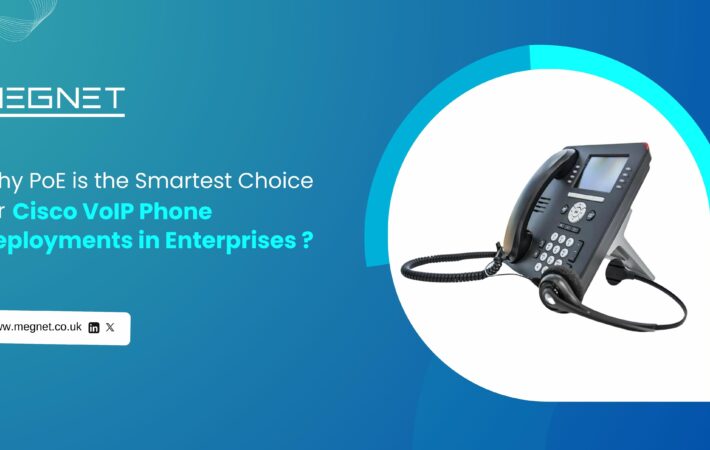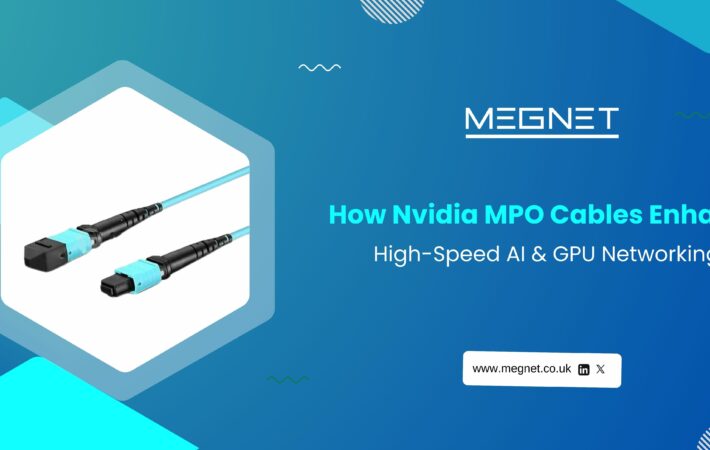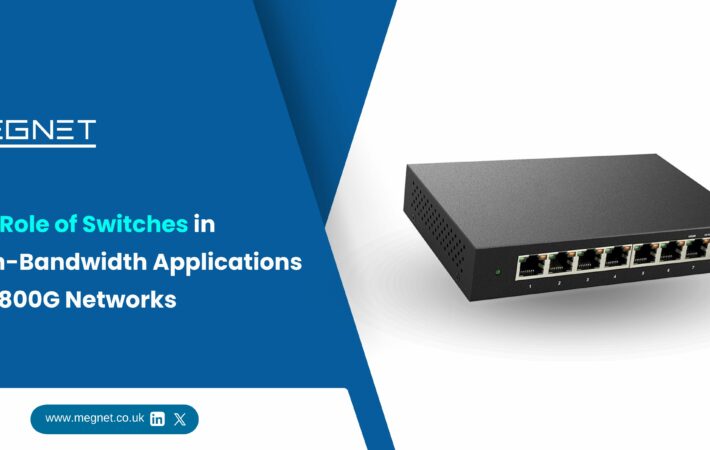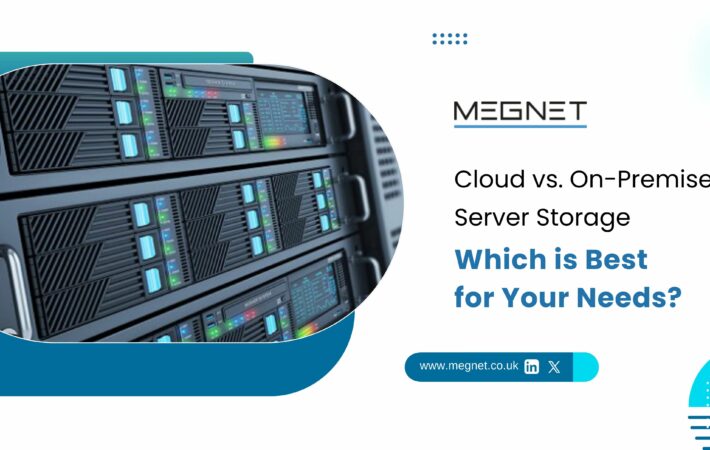
In today’s fast-paced digital landscape, businesses require robust networking solutions to stay connected and meet increasing bandwidth demands. QSFP+ (Quad Small Form-factor Pluggable Plus) transceivers have emerged as a reliable and versatile option for high-speed data transmission. This blog post, with a primary focus on QSFP+ Type Transceivers and Cisco Compatible Transceivers, will delve into their role, benefits, and explore why businesses should consider these solutions for seamless network integration.
Understanding QSFP+ Type Transceivers
QSFP+ transceivers are hot-swappable, compact modules designed to support high-speed data transmission over various optical and copper network cables. With four independent transmit and receive channels, QSFP+ offers unmatched data transfer capabilities, making it an ideal choice for data centers, cloud computing, and high-performance computing environments. These transceivers support a wide range of protocols, including Ethernet, InfiniBand, and Fibre Channel.
QSFP+ transceivers come in various configurations, including QSFP+ SR, QSFP+ LR, and QSFP+ ER, providing different reach and data rate options. The SR variant is suitable for short-reach applications within a data center, while the LR and ER variants are designed for longer distances, enabling connectivity between data centers or remote locations.
For better understanding let’s have a look at the QSFP+ mechanical dimensions

Key Features of QSFP+ Transceivers
QSFP+ transceivers offer several key features and advantages that make them a preferred choice in the networking industry:
- High Data Rates: QSFP+ transceivers provide data rates of up to 40Gbps per channel, enabling faster data transmission and minimizing latency. With four channels working in parallel, QSFP+ transceivers can achieve aggregate data rates of 100Gbps or even 400Gbps, meeting the growing demands of bandwidth-intensive applications.
- Enhanced Connectivity: The QSFP+ form factor supports multiple network cable types, including fiber optic cables (single-mode and multi-mode) and copper cables (Direct Attach Cables or Twinax cables). This flexibility allows for seamless integration with existing network infrastructures, providing options for both short-reach and long-reach applications.
- Long Reach: QSFP+ transceivers can transmit data over long distances, with options for both short-reach and long-reach variants, depending on the network requirements. This makes them suitable for interconnecting data centers, extending network reach, and supporting remote locations.
- Compact Design: The small form factor of QSFP+ transceivers allows for higher port density, maximizing network capacity and saving valuable rack space in data centers. The compact size also facilitates better airflow and cooling efficiency, contributing to overall system reliability.
- Hot-Swappable and Interoperable: QSFP+ transceivers can be easily plugged and unplugged without interrupting the network connection, ensuring minimal downtime during maintenance or upgrades. They are also designed to be interoperable with various networking equipment from different vendors, offering flexibility and compatibility.
Cisco Compatible Transceivers
Cisco, a renowned leader in networking solutions, offers a wide range of QSFP+ compatible transceivers that meet stringent quality and performance standards. These Cisco compatible transceivers are specifically designed to seamlessly integrate with Cisco networking equipment, ensuring optimal performance and reliability.
By choosing Cisco-compatible transceivers, businesses can leverage the advantages of Cisco networking infrastructure while benefiting from cost-effective third-party solutions. These transceivers undergo thorough testing to ensure compatibility, interoperability, and adherence to Cisco’s specifications, ensuring a seamless integration experience.
Benefits of Cisco Compatible Transceivers
Choosing Cisco compatible transceivers offers several benefits to businesses:
- Cost-Effectiveness: Cisco compatible transceivers provide a cost-effective alternative to OEM transceivers, offering comparable performance at a lower price point. This allows businesses to optimize their network infrastructure without compromising their budget. By leveraging third-party options, organizations can reduce their overall networking costs without sacrificing quality or reliability.
- Flexibility and Scalability: Cisco compatible transceivers offer a wide range of options, allowing businesses to choose the most suitable transceiver type, reach, and wavelength for their specific networking needs. This flexibility ensures scalability as network requirements evolve, enabling businesses to adapt to changing demands without significant infrastructure changes.
- Quality Assurance: Cisco compatible transceivers undergo rigorous testing and quality control processes to ensure reliable performance and compatibility with Cisco networking equipment. This guarantees a seamless integration experience and minimizes the risk of compatibility issues. Reputable third-party vendors ensure that their compatible transceivers meet or exceed industry standards and provide a reliable networking solution.
- Warranty and Support: Reputable third-party vendors of Cisco compatible transceivers often provide warranties and comprehensive customer support, offering peace of mind to businesses deploying these solutions. The availability of warranties ensures that any potential issues can be addressed promptly, minimizing disruptions to network operations.
Some of the Cisco Compatible Transceivers :

Deployment Considerations
Before deploying QSFP+ type transceivers, it is essential to consider certain factors to ensure optimal performance and compatibility within your network environment:
- Network Infrastructure: Assess your existing network infrastructure, including switches, routers, and other networking equipment, to determine compatibility with QSFP+ transceivers. Ensure that the equipment supports the desired data rates, protocols, and cable types associated with QSFP+ transceivers.
- Reach and Distance Requirements: Determine the reach and distance requirements for your network connections. QSFP+ transceivers offer different reach options, such as short-reach (SR), long-reach (LR), and extended-reach (ER). Select the appropriate transceiver based on the distance between network endpoints.
- Fiber Optic or Copper Cabling: Consider whether your network requires fiber optic or copper cabling. QSFP+ transceivers support both fiber optic cables (single-mode and multi-mode) and copper cables (Direct Attach Cables or Twinax cables). Choose the appropriate cable type based on your network infrastructure and requirements.
- Bandwidth Demands: Evaluate the bandwidth requirements of your network. QSFP+ transceivers offer high data rates, such as 40Gbps per channel, to address bandwidth-intensive applications. Assess the current and future demands of your network to ensure that the chosen transceiver can handle the required data rates effectively.
QSFP+ transceivers find application in various use cases across different industries:
- Data Centres: QSFP+ transceivers are extensively used in data centers to interconnect servers, switches, and storage devices. They enable high-speed data transmission, supporting virtualization, cloud computing, and big data applications.
- High-Performance Computing: QSFP+ transceivers play a vital role in high-performance computing environments that require fast and efficient data communication. They facilitate interconnection between compute nodes, accelerators, and storage systems, enhancing overall system performance.
- Telecommunications: QSFP+ transceivers are deployed in telecommunications networks to transmit data over long distances, connecting remote locations, and enabling high-speed communication between network nodes.
- Enterprise Networks: QSFP+ transceivers are utilized in enterprise networks to facilitate high-speed connectivity between switches, routers, and servers. They support bandwidth-demanding applications, ensuring smooth and efficient data transfer within the organization.
Industry Trends and Future Outlook
As the demand for higher network speeds and bandwidth continues to grow, the QSFP+ transceiver market is expected to witness significant advancements and developments. Some notable industry trends include:
- Transition to Higher Data Rates: The networking industry is moving towards even higher data rates, with QSFP56 (QSFP-DD) and QSFP-DD800 (OSFP) transceivers emerging as successors to QSFP+ transceivers. These next-generation transceivers support data rates of 100Gbps per channel and beyond, catering to the evolving needs of data-intensive applications.
- Expansion of 400Gbps Connectivity: 400Gbps connectivity is gaining momentum, particularly in data centers and high-performance computing environments. QSFP+ transceivers, with the help of breakout cables, can support 400Gbps connections by aggregating multiple channels.
- Advancements in Optics Technology: Ongoing advancements in optics technology, such as the development of silicon photonics and coherent optics, are expected to further enhance the capabilities of QSFP+ transceivers. These advancements aim to increase data rates, improve power efficiency, and extend transmission distances.
- Growing Demand for Open Networking: Open networking initiatives, such as Open Compute Project (OCP) and Open Networking Foundation (ONF), are gaining traction, promoting the use of compatible and interchangeable networking components. Cisco compatible QSFP+ transceivers align with these initiatives, providing businesses with the flexibility to choose best-in-class solutions while fostering interoperability.
QSFP+ type transceivers, including Cisco compatible options, have revolutionized high-speed data transmission, enabling businesses to meet the increasing demands of today’s digital world.
By opting for Cisco compatible transceivers, organizations can harness the power of Cisco networking equipment while enjoying the benefits of cost-effective third-party solutions.
Whether it’s enhancing network connectivity, optimizing performance, or ensuring scalability, QSFP+ transceivers, especially those compatible with Cisco, are a reliable choice for businesses seeking a seamless and efficient networking infrastructure.
FAQ's
Yes, QSFP+ transceivers are available in different variants, such as short-reach (SR) and long-reach (LR), to support both short-range and long-range connections.
Yes, QSFP+ transceivers are protocol-independent and can support various data protocols, including Ethernet, InfiniBand, and Fibre Channel
Yes, QSFP+ transceivers are designed to be compatible with Cisco switches and routers, ensuring seamless integration into Cisco networking environments.
Yes, QSFP+ transceivers are compatible with a wide range of networking equipment from different vendors, allowing them to be used in mixed-vendor network environments.
Yes, QSFP+ transceivers are backward compatible with lower-speed interfaces, such as 10Gbps or 25Gbps, by the use of appropriate breakout cables or modules.
Yes, QSFP+ transceivers are available in variants that support both single-mode and multi-mode Fibre Optic Cables .
The power consumption of QSFP+ transceivers can vary depending on the specific model but typically ranges from a few watts to around 3-4 watts per transceiver.
Yes, QSFP+ transceivers are designed to operate within specified temperature ranges, making them suitable for use in high-temperature environments.
Yes, QSFP+ transceivers are designed to withstand high-vibration environments, ensuring reliable operation even in challenging conditions
Yes, QSFP+ transceivers can be used for both point-to-point connections and in scenarios where multiple transceivers are connected via switches or routers.
Yes, QSFP+ transceivers are designed to be hot-pluggable, allowing them to be inserted or removed from network devices without shutting down the system.
Yes, QSFP+ transceivers can be used for both Ethernet and Fibre Channel applications, providing flexibility in network deployments
No, QSFP+ transceivers do not typically require any additional software configuration and can be used plug-and-play in most network environments
Yes, QSFP+ transceivers are designed to be compatible with existing network infrastructure , making them a convenient option for network upgrades or expansions.
Yes, QSFP+ transceivers' compact form factor and high port density make them suitable for high-density data centre deployments where space optimization is crucial.
Yes, many vendors offer QSFP+ transceivers in bulk quantities, allowing for convenient purchase and deployment in larger network setups.
Yes , We provide life time warranty for QSFP+ transceivers
Yes, we do provide sample units or trial period. But we have on some special cases
Yes, sure we have a team of experts who can guide throughout the process.









Leave a comment
Your email address will not be published. Required fields are marked *